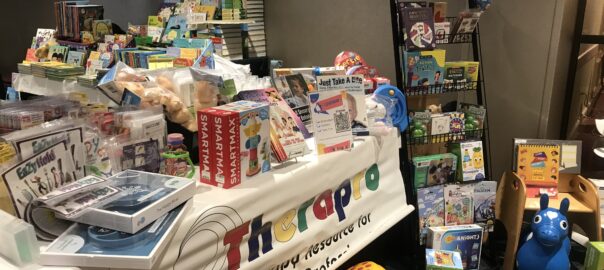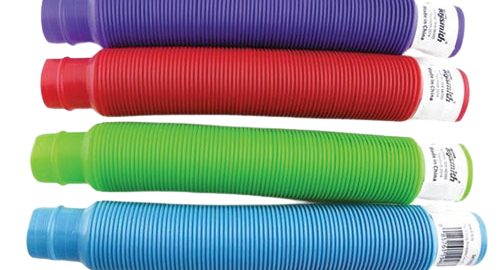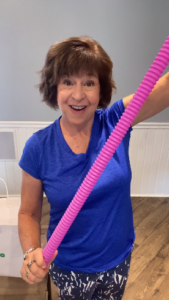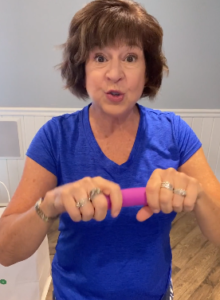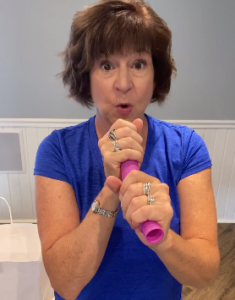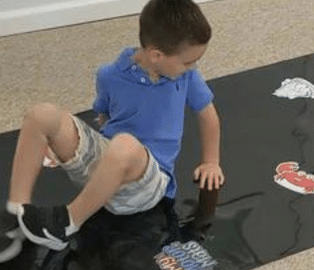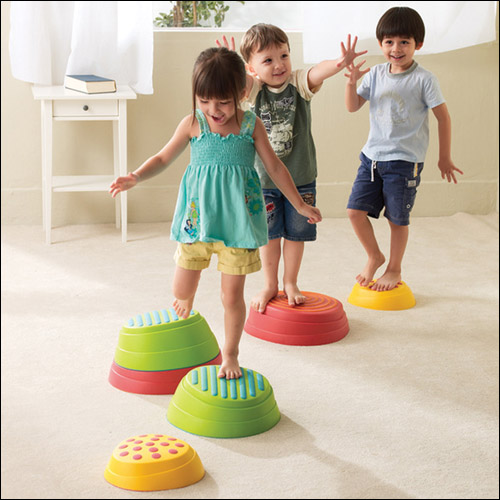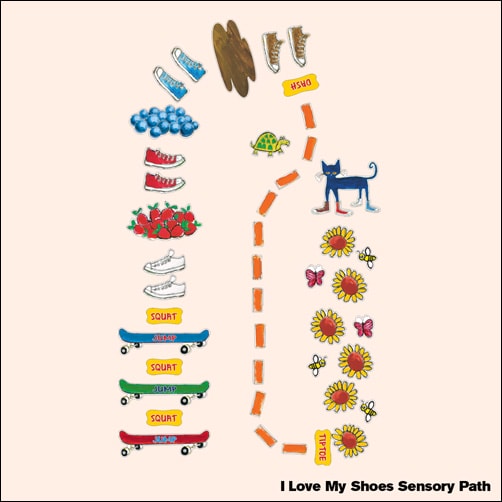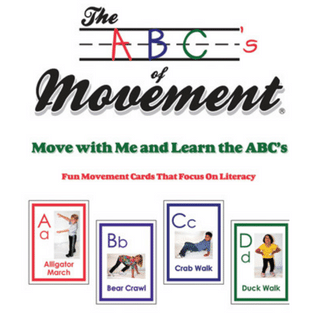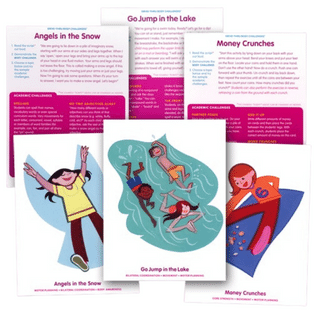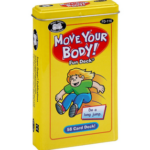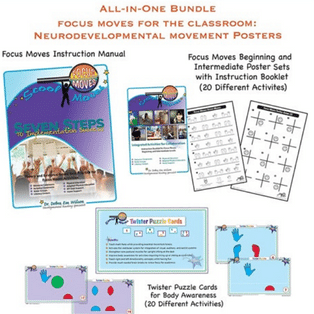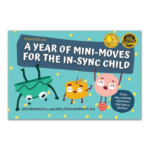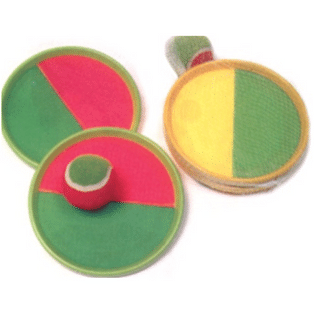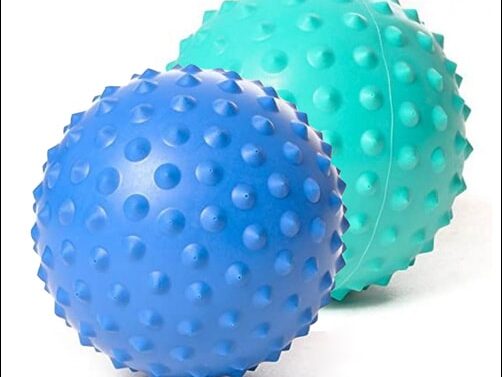On May 1st, the Therapro team made a local stop at the 2023 Massachusetts Early Intervention Consortium (MEIC). We had a great time meeting attendees, demonstrating some of our favorite early learning products, and giving away prizes! If you couldn’t make it, don’t worry, in this blog post we are covering all of the 2023 MEIC conference highlights!
Live Demonstrations!
By far one of the best features of an in person conference is the ability to give live demonstrations; while we do our best to adequately describe the products on our website, there are some things you just have to experience! Happy Senso, Rainbow River Stones, and Rody The Riding Horse were just some of the demo products attendees had the opportunity to try out at the conference.
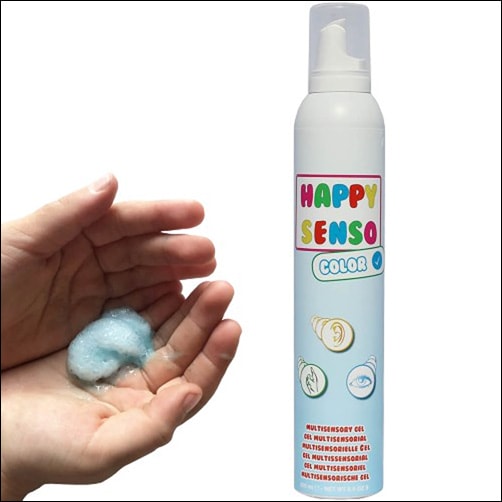
Happy Senso definitely elicited some of the best reactions from attendees who tried this amazing sensory gel. Happy Senso has a unique cold feeling and it pops and fizzles when it is squished by the hands. Attendees were full of ideas for ways this fun sensory gel could be used in sessions, one physical therapists even thought it might be fun to walk through!
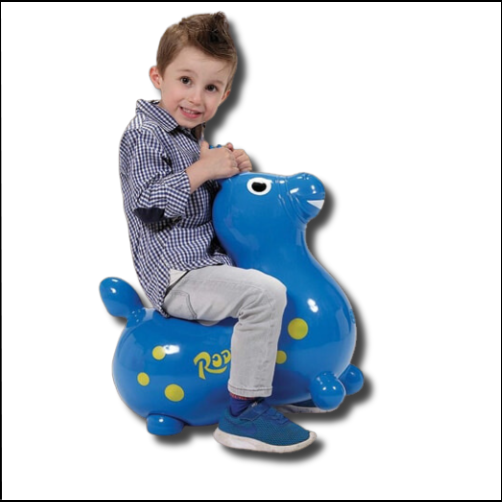
Rody The Riding Horse is fun way to elicit balance reactions and provide children with soothing rhythmic movement. Attendees at MEIC enjoyed giving Rody squishes and squeezes with many attendees remarking on the durable feel of the material. Another fun feature of Rody is the availability of the rocker base.
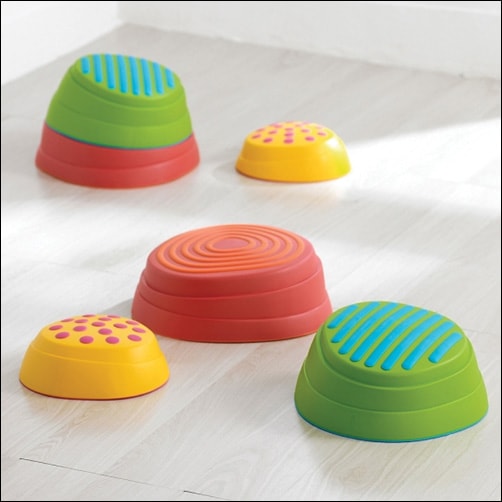
Rainbow River Stones are a set of of six brightly colored durable plastic “stones” of varying sizes that can be used for all sorts of gross motor and sensory play. Designed with the traveling therapist in mind, they easily nest inside of one another and even come with a convenient carry bag! Conference attendees enjoyed the big size of each ‘stone’ and the different textured surfaces.
Conference All-Stars!
At every conference that Therapro attends there are always a few products that sell out quickly. MEIC was no different, for this event the conference all-stars included the Sensory Spoon, My 1st Dinosaurs, and the book Just Take a Bite.
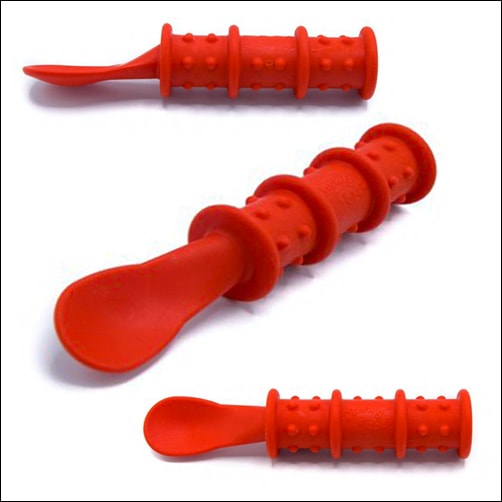
The Sensory Spoon is a unique tool that was developed in collaboration with a speech language pathologist and two occupational therapists. The Sensory Spoon focuses on the development of self-feeding with infants as young as 7 months old. Its unique characteristics include a short, textured handle that offers sensory input to the palm for grasping, a natural “stop” that prevents gagging or deep insertion into the mouth, and a flexible, smooth texture.
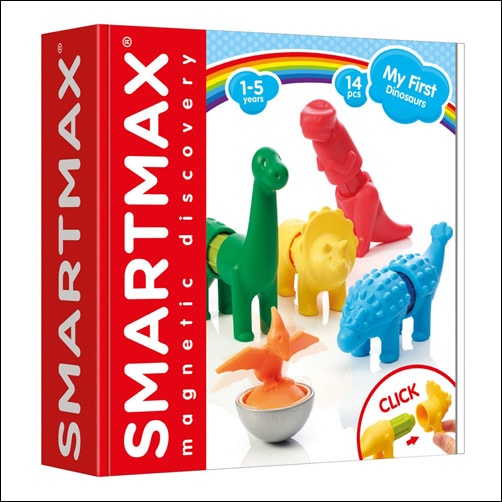
The Smartmax My 1st Dinosaurs are a fun, puzzle like activity; each of the soft dinosaur pieces easily click together with magnets. Attendees were impressed with how easily the pieces clicked together. With the Smartmax My 1st Dinosaurs children can build five dinosaurs or they can use their imagination to mix and match for some crazy prehistoric creations.

Just Take a Bite: Easy Effective Answers to Food Aversions and Eating Challenges is the classic book for both feeding specialists and families with picky eaters alike. This book provides clear and concise strategies, and practical lessons for assisting children in eating a balanced diet. This valuable resource contains a comprehensive treatment plan for solving mealtime struggles.
Giveaways!
Therapro loves giveaways; at MEIC 2023 we had so many things to give to attendees.
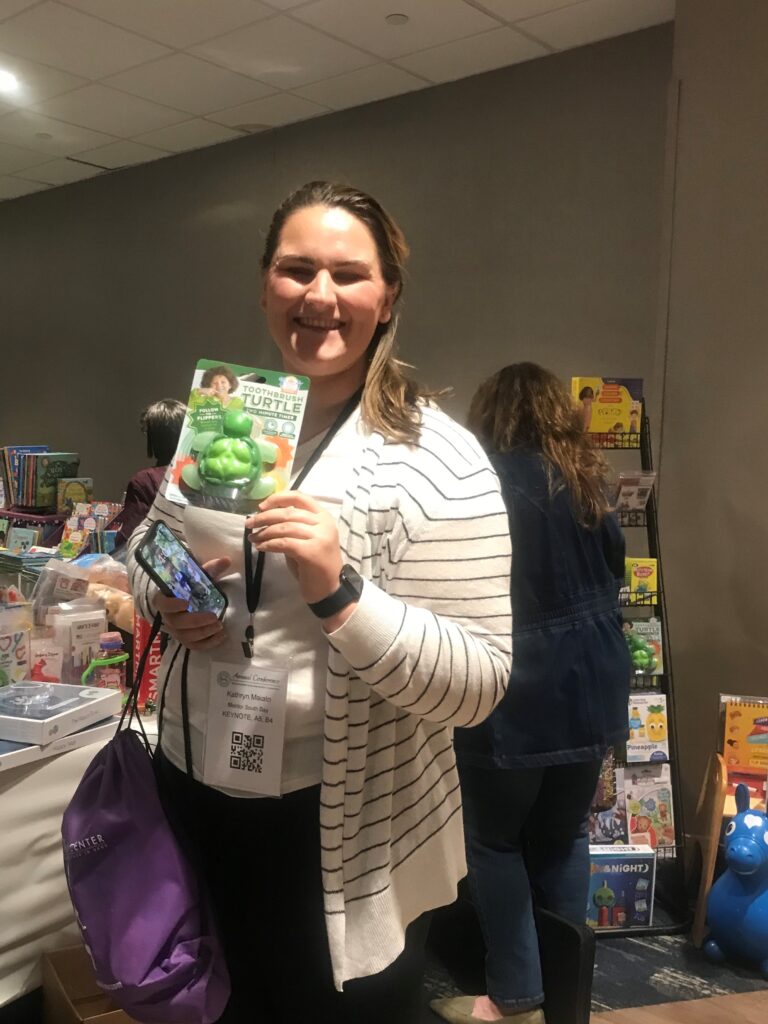
Prizes! It wouldn’t be a conference without prizes. We brought along a functionalhand, a set of EazyHolds, and a Two Minute Turtle Toothbrush Timer to giveaway. Pro Tip: Attendees loved our idea for using the Turtle Timer as a handwashing timer, simply use the lights to cue washing the palms of the hands, the top of the left hand, the top of the right hand, and the fingers.
Resources! One of the core beliefs we have at Therapro is that achieving therapeutic goals is not only about the use of products, but also about the resources that educate consumers on the uniqueness and rationale behind the products. Therapro’s Handguides are one of the many free resources we have available. At MEIC 2023 Therapro’s What Can I Adapt? Handy Guide and Choose Your Chew! Handy Guide were well received by attendees.
The MEIC 2023 conference was full of highlights! Attendees a big thank you for the warm reception we received, we enjoyed talking to you all! The Therapro team is looking forward to MEIC 2024.

